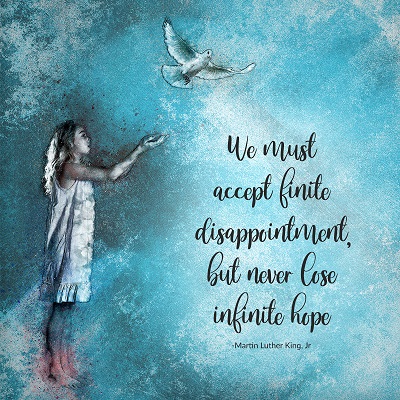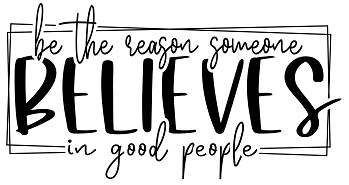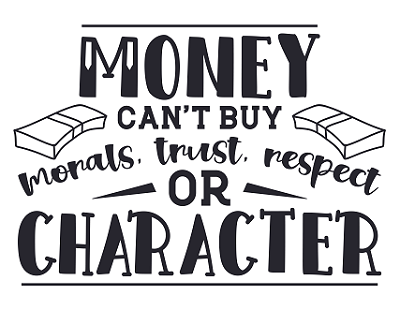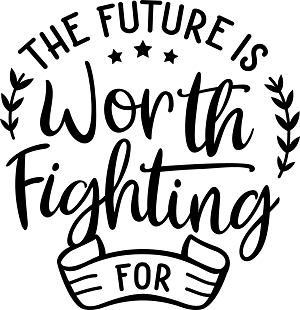Positive thinking.
Optimism.
They are all important components of improving your life. They are not, however, equal ideas.
There are different times to use them and there are differences between them. If you understand this, then you will have a greater chance of executing them successfully. So, what’s the difference?
Hope
Hope powers your future. It is an expression of your wishes, your wishes that things will get better or turn out well. It’s an expression of your desire to have a better future, whether it’s for yourself, others, or both. Hope injects you with a reason to persevere, to keep trying, to keep going, and it has a profound motivational impact on you, too.
Hope isn’t a direct reflection on what you think will come, rather it’s a reflection on what you would like to outcome to be. Hope is the default position for you in the majority of situations.
Positive Thinking
Positive thinking can be painted as the ability to cherry-pick reality. It’s the idea that no matter what things are going to work out well. It doesn’t matter what the situation is, it doesn’t matter what circumstances we are facing, the outcome will always go our way.
Positivity does help you consider situations more broadly, but it often paints you into a corner forcing you to ignore particular data if it’s negative. Positive points of view only, thank you, no negative voices, no dissent, positivity only!
Your bias is effectively completed with positivity. It’s often misused as a way to avoid all negativity. It’s often misused in an unhelpful way to bottle fear and negativity. Positive thinking has its place and it can play a role when home and optimism cannot help you overcome hopeless situations.
Unfortunately, the term positive thinking or positivity has become a catchall statement for something it really isn’t, which brings us to optimism.
Optimism
Optimism injects positivity bias. It reflects our tendency to look at things positively and hold an increased expectation that, most of the time, things will go well for us. It stretches beyond hope. It gives us a positive bias about our ideas of the future. There’s a motivational factor to optimism, but it is still rooted in a biased position that is slanted towards the expectation of a positive outcome.
Like any biases, this can obfuscate the signals your environment is sending and forcing you to focus on what you’d prefer versus what is likely. It’s an appropriate mindset in a lot of situations, but you can’t dismiss the possibility that negative outcomes may come regardless.
An Example
You have applied for a position and you know that despite the fact that you’re a good candidate, you are not the only acceptable candidate. You attended an interview and you felt that it was a good performance and they seemed receptive to you. You believe that if you are hired that you will do the job well.
If you’re hopeful about the interview result, it means you’d like the job and you’re maintaining your spirit until you know more. Your hope has allowed you to set aside the situation to focus on other things while remaining optimistic about the result.
Optimism keeps your spirits high and will help you counter any mildly negative feelings you have about the job. Which, of course, makes it more difficult to take rejection if you aren’t successful in securing the job.
If you feel positive about the result, you expect to get the job. This is a reflection of your need to maintain positivity, whether it’s an accurate reading of your performance or not. If you miss out on the job, your positivity about it may leave you bewildered, if not devastated.
Hope is something you do; positive thinking and optimism are orientations or attitudes. In any situation, even when you can’t be positive or fail to be optimistic, you will always have hope.






